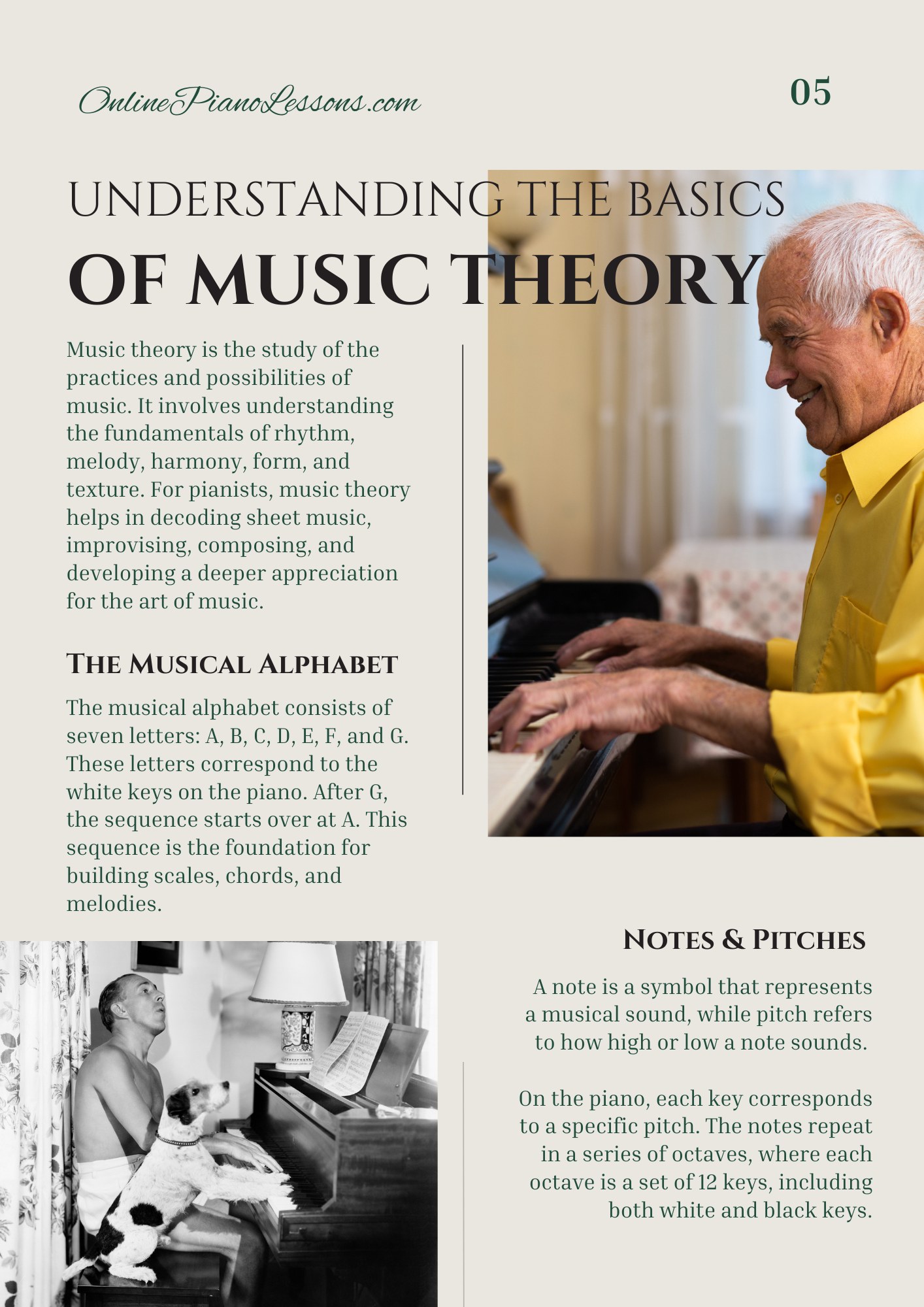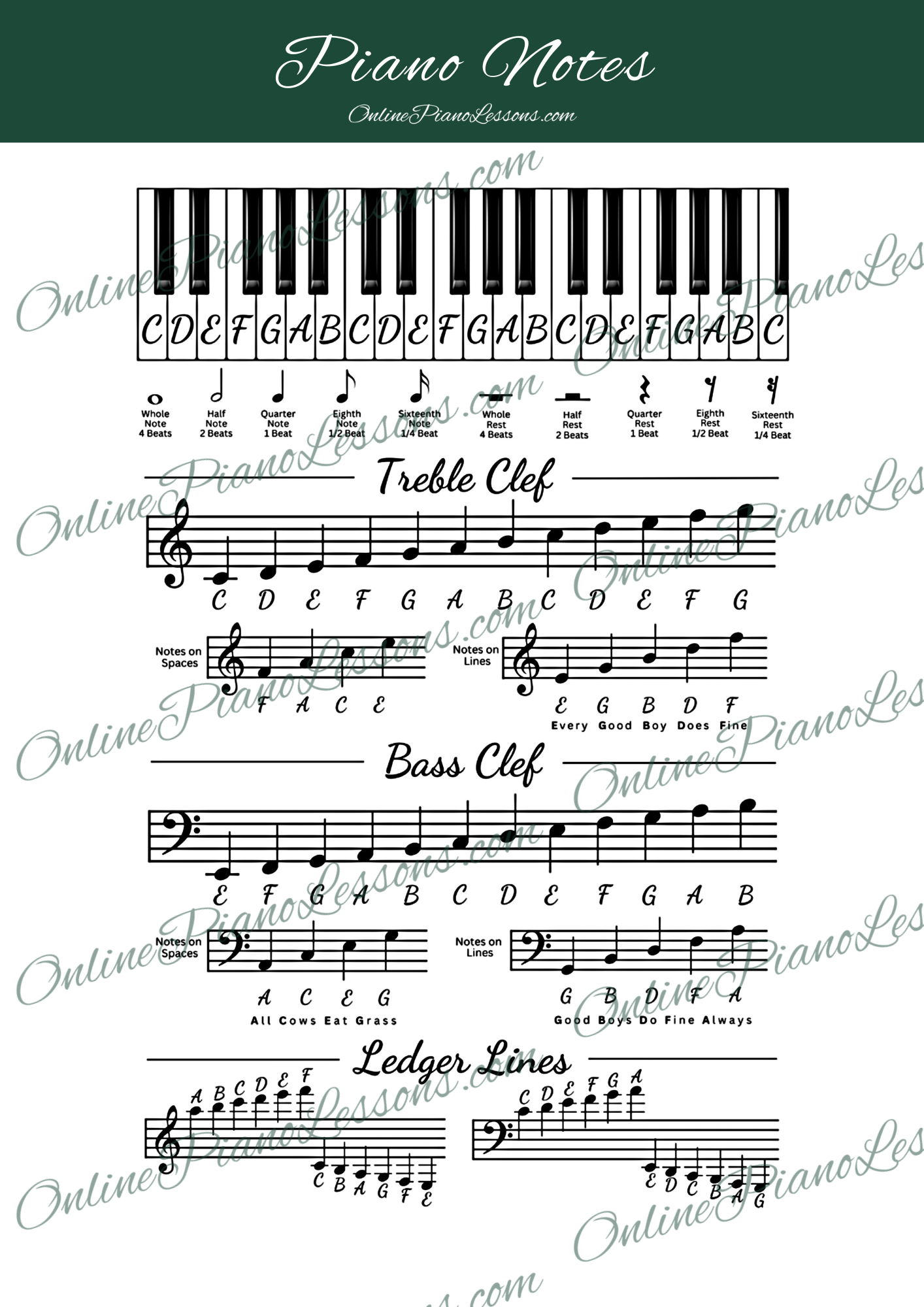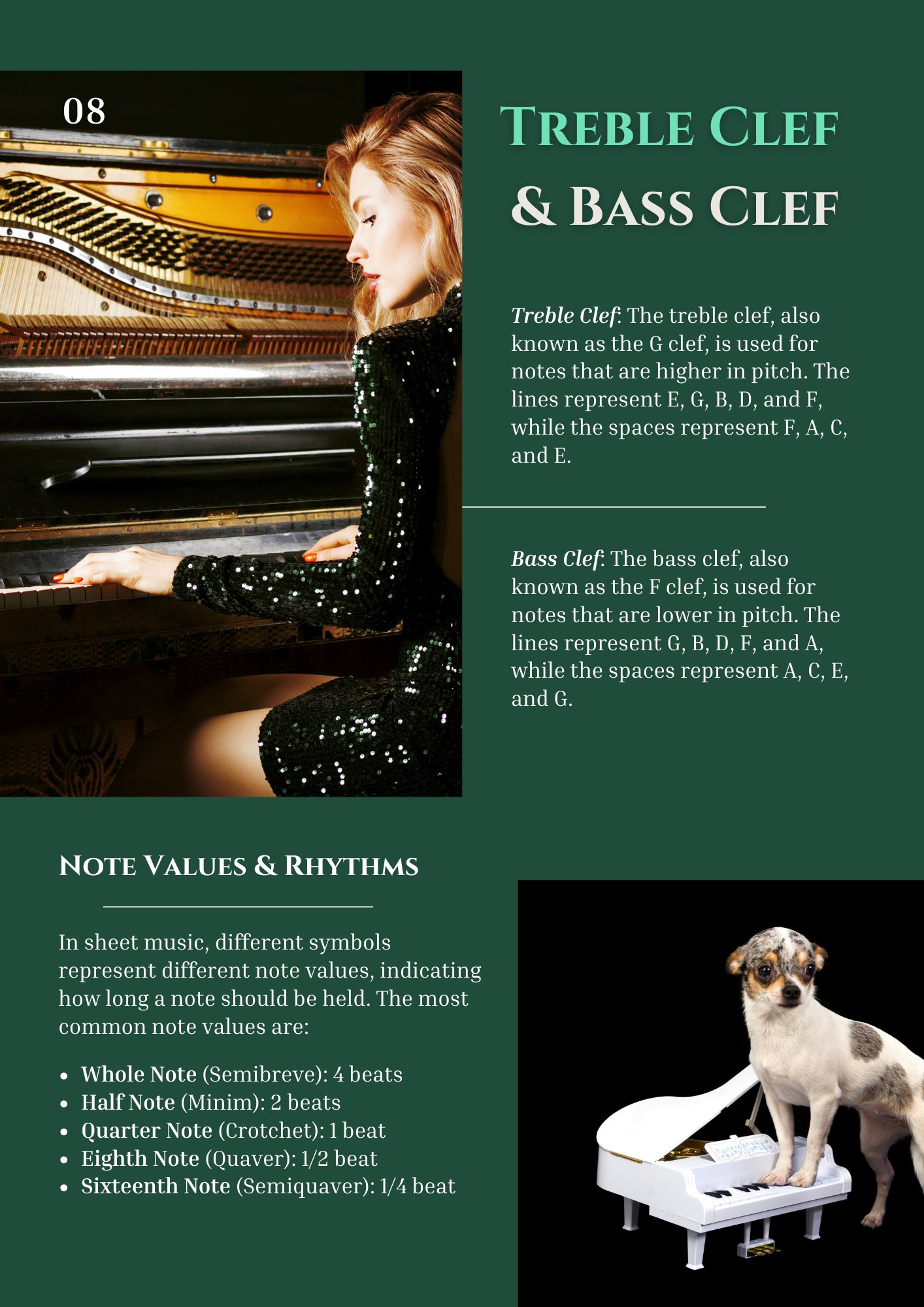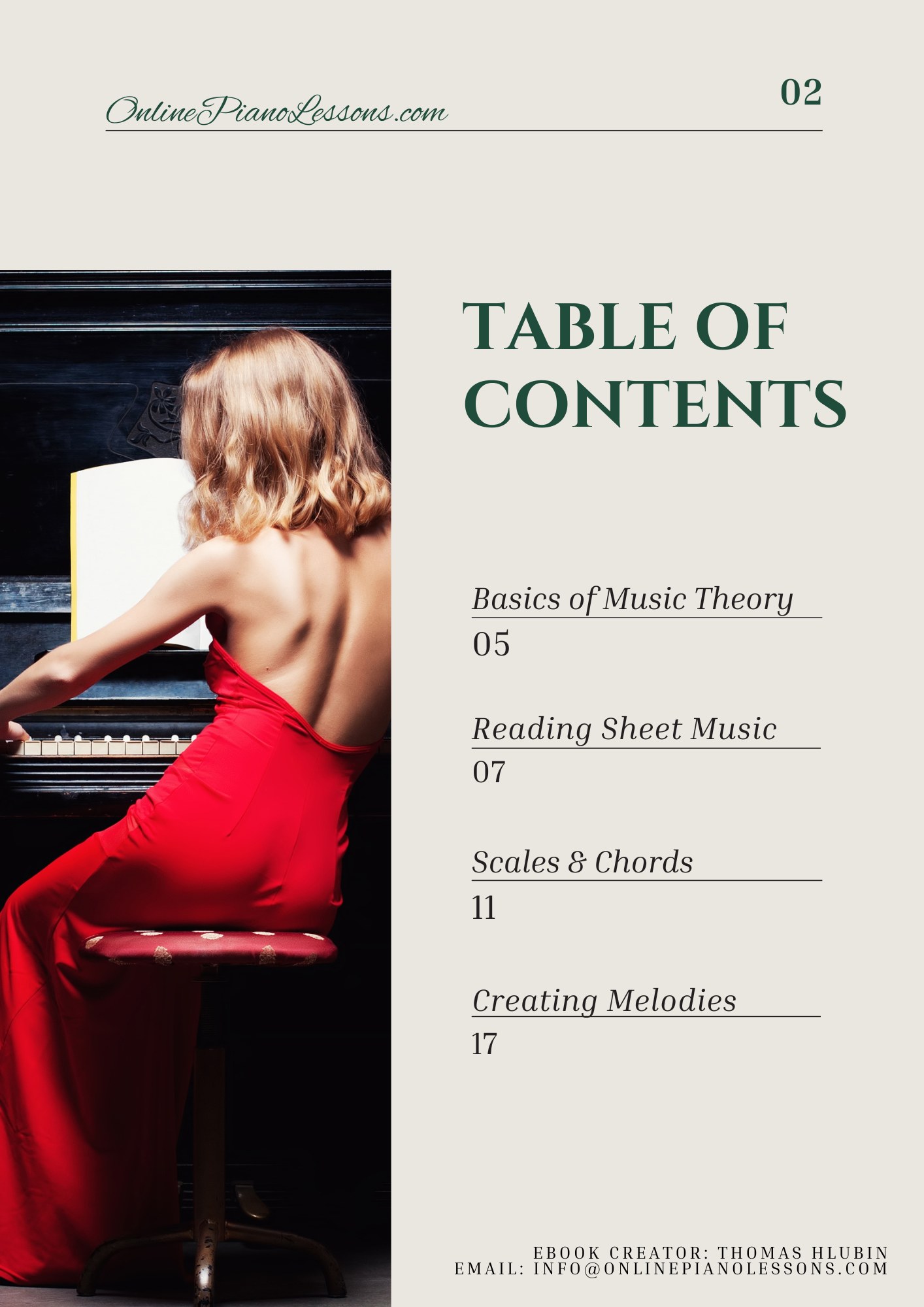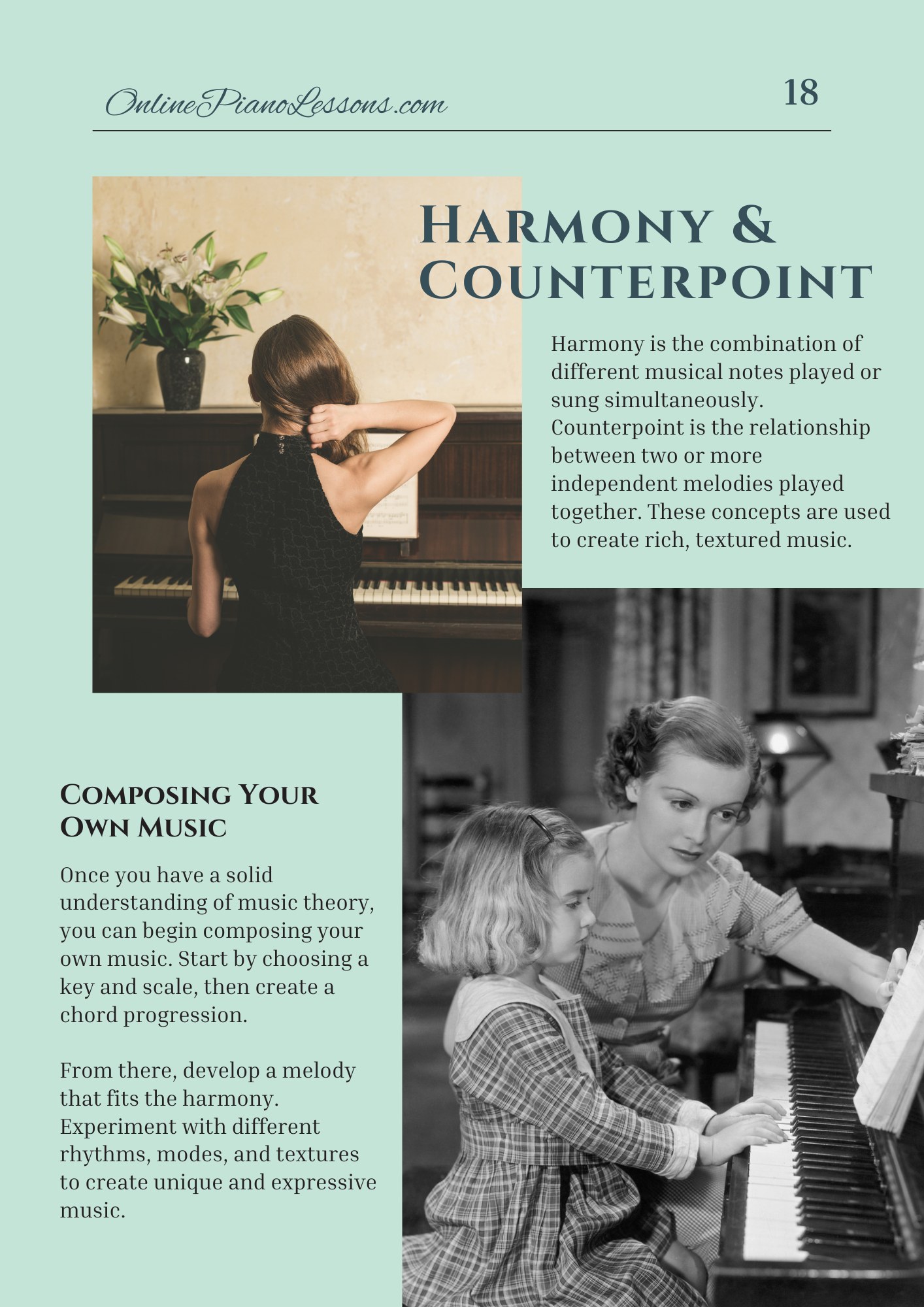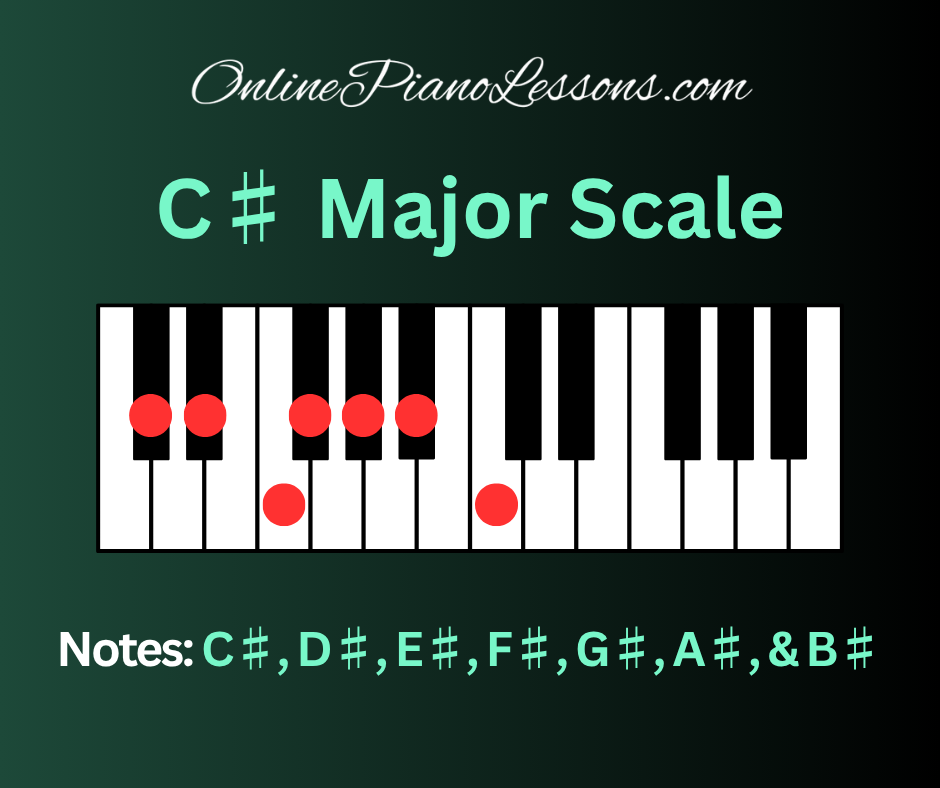
If you want to go deeper into scale theory and keyboard geometry, the C sharp major scale is a rewarding place to explore. It’s a bright, brilliant key with a full seven-sharp signature and plenty of practical value for advanced pianists. Below you’ll find a complete, practical guide to the C sharp major scale for the piano — what it is, how to find it, how it sounds, and how to practice it.
Quick Preview: The C sharp major scale (also written C♯ major scale) is a seven-sharp major key—C♯, D♯, E♯, F♯, G♯, A♯, B♯—that sits enharmonically to D♭ major on the piano. This guide explains how to read and play the C sharp major scale, the scale’s theory and chords, fingering and practice tips for the piano, common progressions, modes, and useful practice routines to master this key.
What is the C Sharp Major Scale?
The C sharp major scale (C♯ major scale) is a standard major scale built from the major scale pattern of whole and half steps: W–W–H–W–W–W–H. When applied starting on C♯, the notes are: C♯, D♯, E♯, F♯, G♯, A♯, B♯, and returning to C♯. On the piano, the C sharp major scale uses all seven sharps in its key signature (F♯, C♯, G♯, D♯, A♯, E♯, and B♯), which makes it a bright and technically interesting key to play.
Many pianists notice that the C sharp major scale has extensive black-key presence (four black keys out of seven notes), and this particular layout gives it a distinctive finger-and-hand geography on the piano.
How to Find the C Sharp Major Scale on the Piano
Finding the C sharp major scale on the piano is straightforward once you know the written notes. Start on the black key immediately to the right of C (that is C♯) and follow the sequence of scale degrees up the keyboard:
- C♯ (tonic)
- D♯ (supertonic)
- E♯ (mediant — enharmonic to F)
- F♯ (subdominant)
- G♯ (dominant)
- A♯ (submediant)
- B♯ (leading tone — enharmonic to C)
- C♯ (octave)
On the piano, E♯ plays as F and B♯ plays as C, but the notation C♯ major scale keeps the letter names consistent so that each scale degree is represented by a unique letter name.
What the C Sharp Major Scale Sounds Like
Sonically, the C sharp major scale sounds like any other major scale: bright, stable, and major-mode in character. Because it’s enharmonic to D♭ major (they sound the same on a modern equal-tempered piano), the aural impression is identical to D♭ major. Still, the C♯ major scale’s notation and fingerings give it a different practical feel under the hands on the piano, and many players describe its tone color as “shimmering” because of the concentration of black keys.
Key Signature and Notation
The C sharp major scale has a key signature with seven sharps:
F♯, C♯, G♯, D♯, A♯, E♯, B♯
That’s the full set of seven sharps: every note in the octave is sharpened. While the C♯ major scale is perfectly valid in music theory, many composers prefer the enharmonic key D♭ major (five flats) when practical readability is preferred. Nonetheless, the C♯ major scale is common in advanced keyboard writing, orchestral passages that modulate by fifths, and in contexts where the harmonic spelling benefits from sharp notation.
Scale Degrees and Diatonic Chords
From the C♯ major scale on piano you can build the usual diatonic triads and seventh chords. The triads on each degree are:
- I — C♯ major: C♯–E♯–G♯
- ii — D♯ minor: D♯–F♯–A♯
- iii — E♯ minor: E♯–G♯–B♯
- IV — F♯ major: F♯–A♯–C♯
- V — G♯ major: G♯–B♯–D♯
- vi — A♯ minor: A♯–C♯–E♯
- vii° — B♯ diminished: B♯–D♯–F♯
Seventh chords follow the expected pattern (Imaj7, ii7, iii7, IVmaj7, V7, vi7, viiø7). Practicing these chord shapes on the piano helps you hear the harmonic function of each scale degree in the C♯ major scale.
Common Progressions in C♯ Major
Some useful harmonic patterns to practice on the piano in C♯ major include:
- I – IV – V – I : C♯ – F♯ – G♯ – C♯
- ii – V – I : D♯m – G♯ – C♯
- vi – ii – V – I : A♯m – D♯m – G♯ – C♯
Because many jazz standards use ii–V–I motion, practicing ii–V–I in C♯ major is particularly valuable for pianists who want to improvise or comp in this key.
Fingering Tips for the Piano
Fingerings for the C♯ major scale should prioritize smooth, ergonomic motion; because the keyboard layout includes frequent black keys, standard fingering patterns help the thumb find its place on the white keys when needed. A commonly used and comfortable fingering for one octave is:
- Right hand: 1 – 2 – 3 – 1 – 2 – 3 – 4 – 5
- Left hand: 5 – 4 – 3 – 2 – 1 – 3 – 2 – 1
That fingering keeps the thumb on E♯/F where it’s easy to pass under and allows the hand to ride naturally across the black-key pattern. As always, experiment with alternate fingerings for your hand size and comfort, and consult a teacher for specifics.
Practice Routines to Master the C♯ Major Scale
Here are practical practice ideas for efficiently learning the C♯ major scale on the piano:
- Hands-Separate Slow Practice — Play the scale slowly with each hand separately until the fingering feels automatic.
- Hands-Together Slow to Fast — Once separate hands are secure, bring hands together at a slow tempo, then increase gradually.
- Rhythm Variations — Practice the same scale with dotted rhythms or syncopated patterns to build control.
- Contrary Motion — Play both hands ascending and descending in contrary motion to reinforce independence.
- Arpeggio Work — Practice broken and closed-position arpeggios for I, IV, and V in C♯ major to internalize harmony.
- Diatonic Chord Progressions — Run through I–vi–ii–V and ii–V–I in various inversions to improve comping skills.
- Sight-Reading Exercises — Read simple melodies and accompaniments in C♯ major so the eye gets used to seven-sharp notation.
Regularly applying these drills will make the C♯ major scale a natural part of your piano vocabulary.
Modes Derived from the C♯ Major Scale
Like any major scale, the C♯ major scale generates seven modes, each useful for different harmonic and melodic colors:
- Ionian (C♯ major)
- Dorian (D♯)
- Phrygian (E♯)
- Lydian (F♯)
- Mixolydian (G♯)
- Aeolian (A♯)
- Locrian (B♯)
Exploring those modes on the piano will expand your melodic palette and improve improvisation in and around the C♯ major scale.
Common Uses and Repertoire Notes
The C♯ major scale is used in advanced repertoire that favors sharp key signatures, keyboard colorings, or particular tonal relationships. It’s especially handy in transposition and modulation exercises because its sharp-based notation simplifies certain harmonic directions (like successive ascending fifths). On the piano, pieces that sit well under the fingers in C♯ major exploit the black-key positioning for fluid runs and comfortable stretches.
Because C♯ major is enharmonic to D♭ major, performers sometimes choose the key that best suits readability and instrument context: orchestral players may prefer D♭ notation, while keyboardists comfortable with black-key geography may use C♯.
Troubleshooting Common Learning Hurdles
- Accidental overload: Seeing seven sharps on the staff can be intimidating. Start by practicing the scale slowly and reading each note deliberately.
- Thumb placement: Work on thumb-under technique where the thumb crosses under to the white-key E♯/F smoothly.
- Coordination issues: Use hands-separate practice and very slow metronome tempos to build reliable synchronization.
- Reading chords: Practice triad and seventh chord shapes in all inversions so you can spot harmonic patterns quickly.
Patience and consistency are the keys to turning the C♯ major scale into second nature on the piano.
Final Thoughts
The C sharp major scale (C♯ major scale) is an elegant, bright key that rewards pianists with a unique black-key geography and powerful harmonic possibilities. Whether you’re practicing scales, running arpeggios, or improvising over ii–V–I progressions, the C♯ major scale will deepen your technical facility and theoretical understanding. Embrace the challenge of its seven-sharp signature and let the piano reveal the subtle colors that this key makes available.
FAQ
Q: What notes make up the C sharp major scale?
A: The C♯ major scale is C♯, D♯, E♯, F♯, G♯, A♯, B♯, and back to C♯.
Q: Is the C sharp major scale the same as D♭ major?
A: Yes — they are enharmonic equivalents on the piano; C♯ major is spelled with seven sharps, while D♭ major uses five flats.
Q: Why would I study the C sharp major scale instead of D♭ major on the piano?
A: Studying the C♯ major scale improves your ability to read sharp-based notation, helps with certain harmonic spellings, and trains fingerings that exploit the black-key layout.
Q: What is a good fingering for the C sharp major scale on piano?
A: A commonly used fingering is Right hand 1–2–3–1–2–3–4–5 and Left hand 5–4–3–2–1–3–2–1 for one-octave practice; adapt as needed for larger stretches.
Q: How should I practice the C♯ major scale to make real progress?
A: Use a mix of hands-separate work, hands-together slow practice, rhythm variations, arpeggios, and sight-reading in C♯; consistent daily practice yields the best results.

 Get Full Access (Only $5/mo)
Get Full Access (Only $5/mo)



 I love playing piano, creating new melodies and songs, and further developing my online piano course and making updates/additions to my site OnlinePianoLessons.com!
I love playing piano, creating new melodies and songs, and further developing my online piano course and making updates/additions to my site OnlinePianoLessons.com!  Now that is what I call fun!
Now that is what I call fun!

